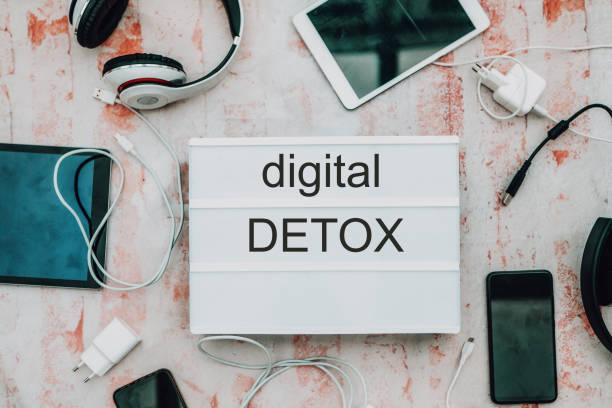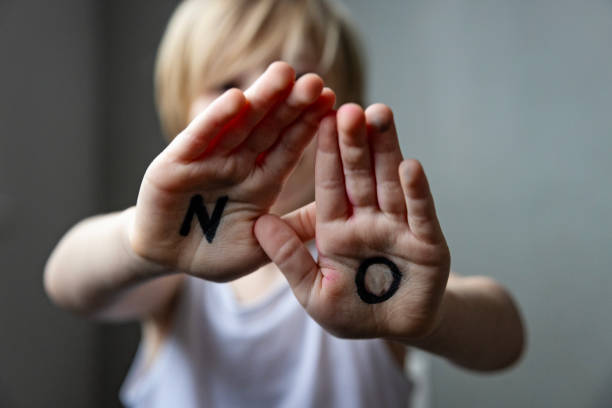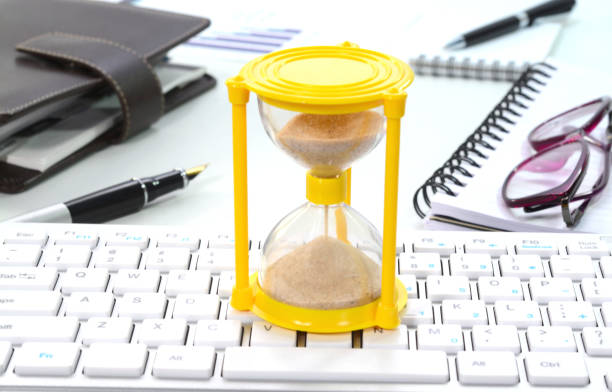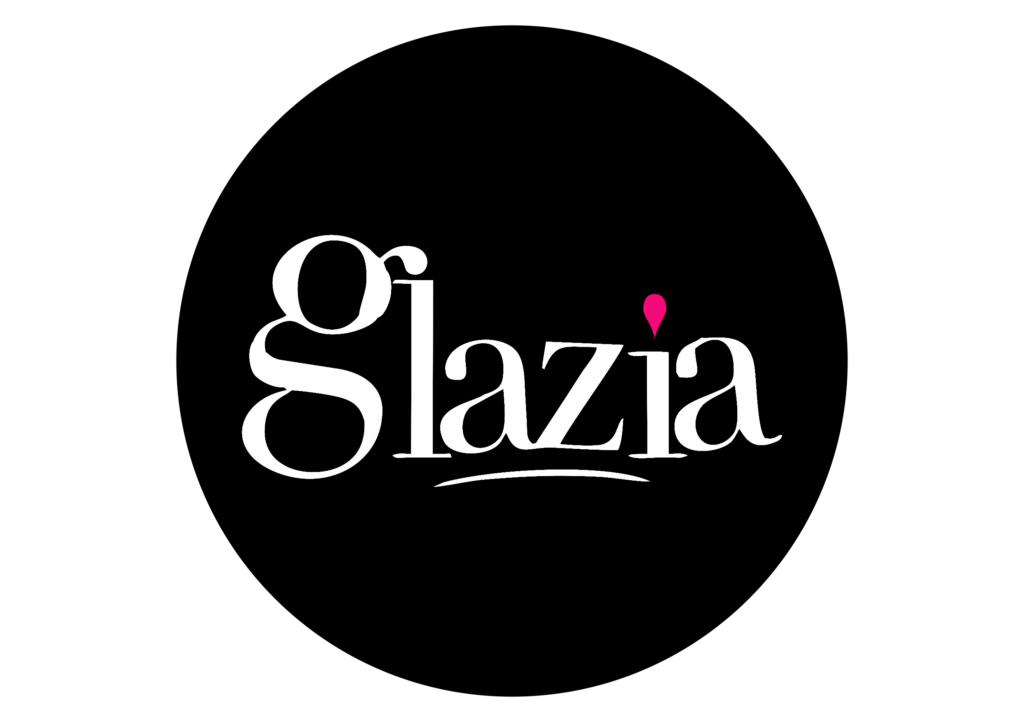In an age where screens dominate every aspect of life—work, social interactions, and even relaxation—many people have started to feel the effects of digital overload. Constant notifications, endless scrolling, and the pressure to always be “online” have led to increased stress, anxiety, and reduced productivity. However, 2025 has ushered in a new movement: digital detoxing. Across the world, people are making conscious efforts to unplug, setting boundaries with technology, and reclaiming their time for meaningful offline experiences.
Time Recovery With Digital Overload Detox
The Rise of Digital Fatigue

With the expansion of AI, virtual reality, and hyper-connectivity, digital consumption has never been higher. Studies have shown that the average person spends more than eight hours a day on their devices, leading to sleep disturbances, reduced attention spans, and increased anxiety. The constant stimulation from screens is also affecting cognitive function, making it harder for individuals to focus on deep work and real-world interactions.
Recognizing these harmful effects, a growing number of individuals are stepping away from excessive screen time, instead seeking a more balanced, mindful relationship with technology.
The Digital Detox Movement: What’s Changing?
Screen-Free Mornings & Evenings

One of the biggest shifts in 2025 is the widespread adoption of tech-free mornings and nights. Many people now avoid checking their phones for the first hour after waking up and the hour before bed, focusing instead on mindful practices like journaling, meditation, or light exercise. By doing this, they are improving their mental clarity, reducing stress, and enhancing sleep quality.
The Rise of Dopamine Detoxes

Dopamine detoxing, also known as intentional boredom, has gained massive popularity. The idea is simple—take a break from social media, streaming services, and instant gratification activities to reset the brain’s reward system. People engaging in dopamine detoxes spend their time on slow, meaningful activities like reading, walking, painting, or simply sitting in silence. The goal is to rebuild focus, patience, and creativity in an overstimulated world.
Digital-Free Socializing

In a world where social interactions often take place over DMs and group chats, many are now prioritizing face-to-face connections. Digital detox retreats, “phone-free” dinner parties, and offline social clubs are on the rise, encouraging people to be fully present with their loved ones. Cafés and restaurants are also introducing device-free zones, reinforcing the importance of real-world engagement.
Unplugged Workspaces & Productivity Hacks

Companies are also recognizing the impact of digital burnout on employee performance. Some businesses have implemented “No-Email Fridays”, designated screen-free meeting rooms, and encourage employees to take walk breaks instead of Zoom meetings. In addition, physical notebooks, paper planners, and minimalist phone settings are making a comeback, helping people stay focused without distractions.
Technology for Digital Well-Being

Ironically, technology itself is helping people manage their digital consumption. Apps like Opal, Freedom, and Offtime allow users to schedule phone-free hours, block distracting apps, and track screen time. Wearable devices now feature mindfulness reminders, prompting users to step away from their screens and engage in real-world activities.
Even social media platforms are evolving—some now offer “Time-Out” modes that lock the app after prolonged use, while others send gentle reminders to take breaks.
The Future of Digital Detoxing

As people strive for balance in 2025, digital detoxing is no longer seen as a one-time challenge but rather as a sustainable lifestyle shift. Whether through scheduled screen breaks, offline hobbies, or unplugged social events, more individuals are reclaiming their time and prioritizing mental well-being over constant connectivity.
The future is not about rejecting technology but learning how to use it intentionally, ensuring that digital tools enhance life rather than control it. With more people embracing mindful tech habits, 2025 is shaping up to be the year of digital balance and real-world reconnection.
